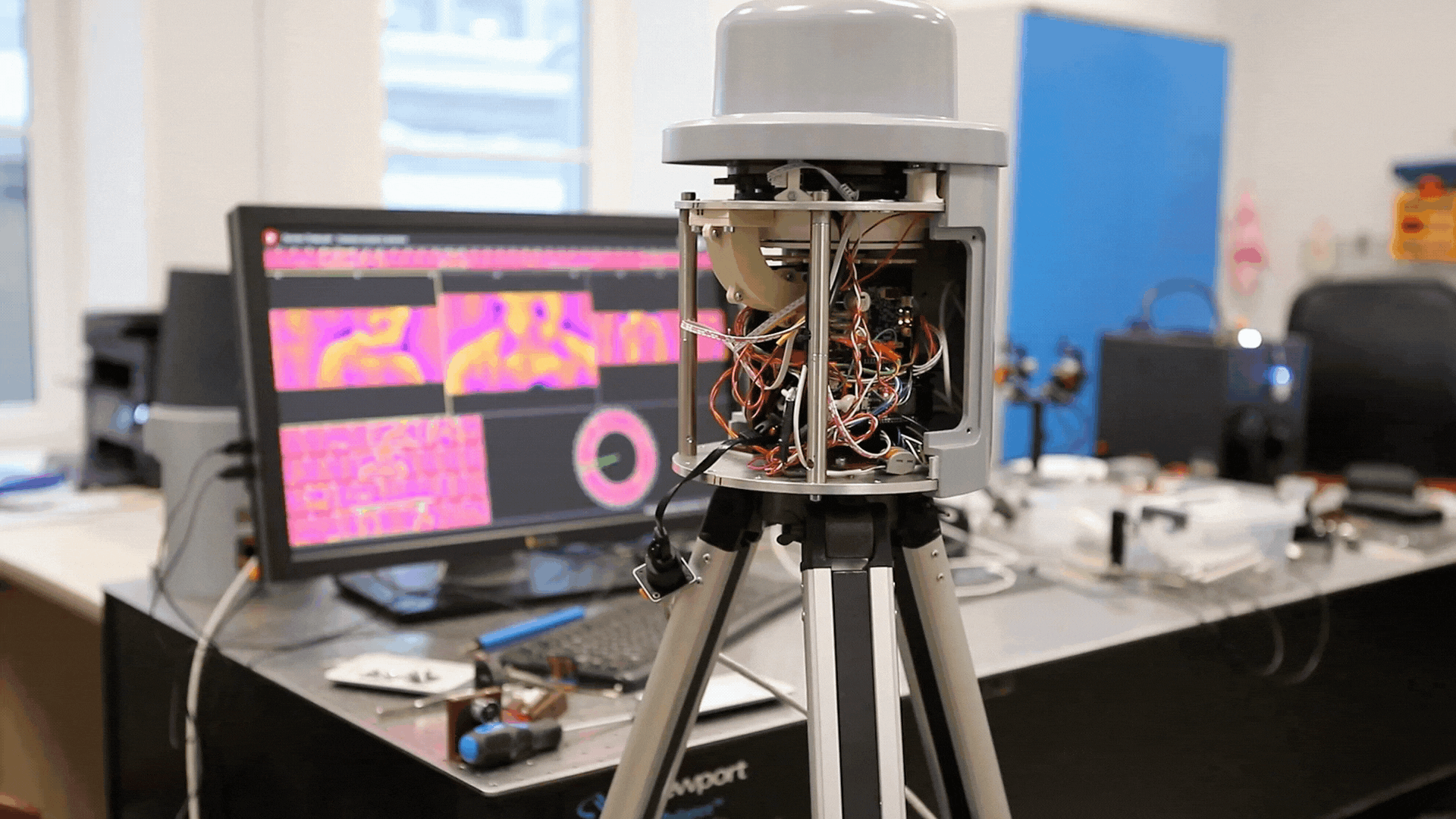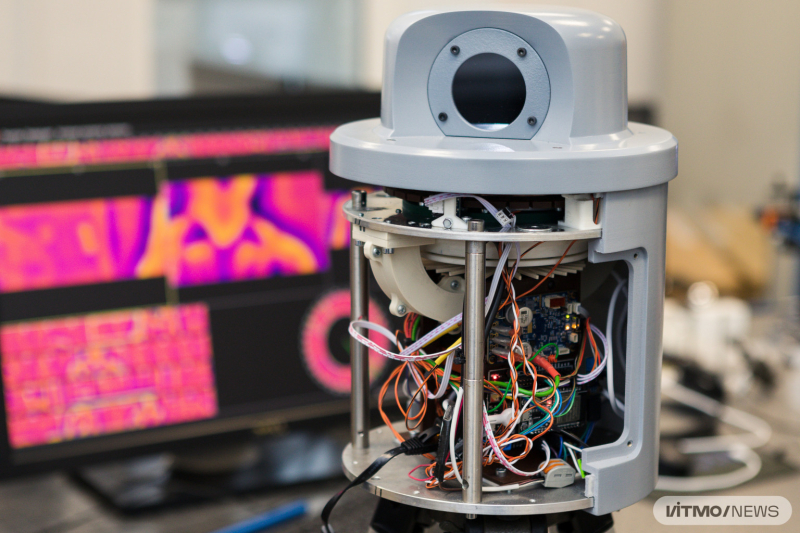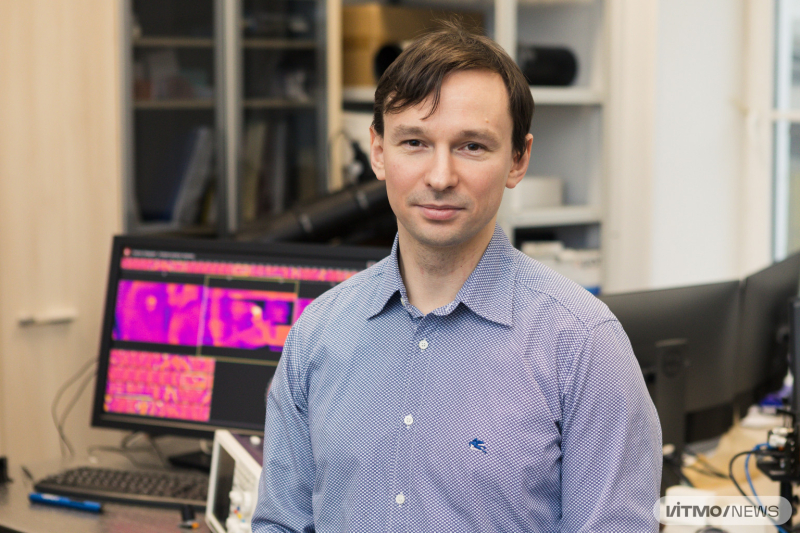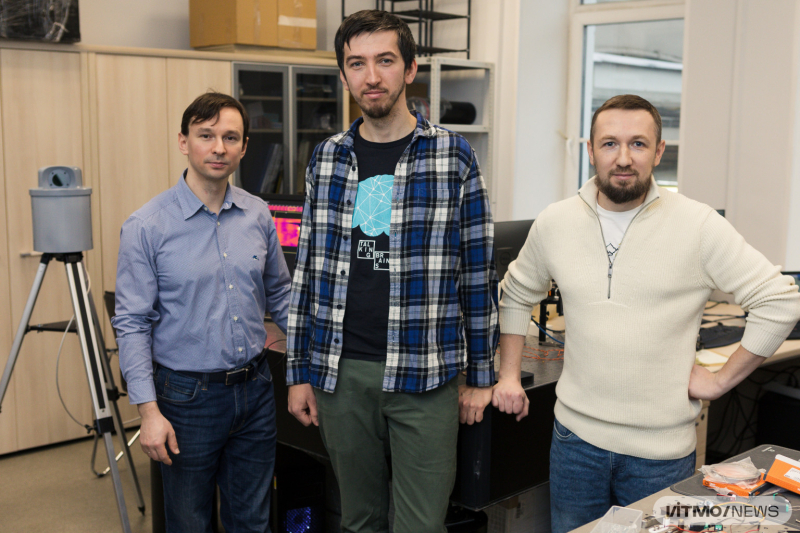Long-wave infrared cameras, better known as thermal imagers, can see through low-light conditions, complete darkness, fog, and even camouflage. They remotely detect thermal radiation, which is invisible to the human eye, and owing to variations in temperatures identify living beings and objects, be it damaged overheated equipment, cracks in buildings, or a missing person.
Nevertheless, the device’s resolution and ability to detect objects at long-range decreases with an increasing viewing angle. When continuous high-resolution monitoring of large areas is required, specialists have to deploy several thermal imagers with a relatively limited field of view. This, however, considerably raises the cost and complexity of the surveillance system. Another way to expand the field of view without losing image quality is to consecutively target one imager at different objects of interest, which, on the other hand, may result in overlooking some risk-posing events.
The researchers' answer to the issue is GiroVizor-T – a high-speed panoramic scanning system with signal accumulation that uses an integrated optical and mechanical system to continuously scan the surroundings. The technology is compatible with modern uncooled thermal imaging cameras and can operate for extended periods of time without interruptions and maintenance.
“Our system is reasonably fast, inexpensive, and as robust as possible. The uncooled thermal imaging module is positioned on a static platform, with a moveable mirror mounted in its upper rotating section, like a periscope. The mirror deflects the optical axis of the entire system in a certain way, thus compensating for the rotation of the moving part when exposing (fixing) each frame. A series of high-quality frames is loaded onto a computer and converted into a single panorama. For that purpose, we’ve created software that synchronizes the operation of the optical-mechanical part of the device with high precision, receives a signal, and processes it,” shares Fedor Inochkin, the leader of the research team behind the device at ITMO’s International Research Laboratory for Intelligent Optical Systems.
GiroVizor-T scans the area at a record speed compared to its analogs, up to 17 frames per second, and generates a blur-free panorama with a high resolution of 12,500 x 370 pх in two seconds. All this is achieved with virtually no parasitic vibrations in the mechanical part of the device and a power usage of no more than 10W. The operator can view a circular panorama on the display, as well as highlight certain zones, and activate the motion detector.
The system has a wide range of uses, including detecting illegal vehicles, protecting nature reserves and infrastructure from, for instance, poachers, and finding missing people or animals. The software, in turn, allows for the integration of other intelligent processing modules into the system, such as a local image contrast module or an object recognition module.
“We're now developing an object recognition module that will not only respond to changes in surroundings but also detect different sorts of objects that may be of interest to the operator. For example, it will be able to distinguish between a human, a bird, and a drone based on their features. In addition, we want to connect several imagers into a single network system to improve performance and capabilities,” adds Fedor Inochkin.

The developed system in action. Video by Dmitry Grigoryev / ITMO.NEWS







